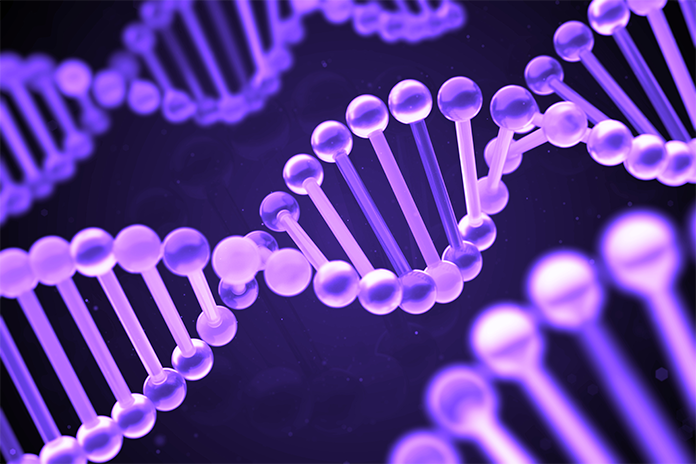Certain types of cells are required for treating certain diseases or conditions. Imagine technology capable of altering genetic code on a cellular level, effectively transforming skin cells into whichever type of cell is required. Known as Tissue Nanotransfection, or TNT, this dime-sized silicon chip weighs less than 100 grams and can restore any type of tissue, healing organs in a “fraction of a second” according to researchers at Ohio State University.
The application of TNT is especially revolutionary because of its field application. Despite being the subject of laboratory testing for the past four years, this technology was designed to be employed on site. Injured soldiers and car crash victims are among the intended recipients of its benefits.
Successful lab results already include the restoration of brain function in mice that had suffered from stroke. Their recovery was the result of skin cells being converted into nerve cells, then injected into their bodies. Another study, which also included pigs, restored blood flow to badly injured legs by reprogramming brain cells to become vascular cells. Active blood vessels appeared in the injured legs and within two weeks, they were completely healed.
According to Dr. Chandan Sen, director of the Center for Regenerative Medicine and Cell-Based Therapies, TNT is awaiting FDA approval; however, he is currently talking with Walter Reed National Medical and expects clinical human trials to begin within a year.
This technology marks the first time that cells have been reprogrammed in a live body. Previously, cell therapy has been considered risky. Now, the treatment takes less than a second and there are no known side effects. Normal skin cells can be converted to vascular cells, which help to heal wounds.
Effectively, the applications of this nanochip technology are virtually limitless. Researchers envision human skin as fertile land where the means to repair injured tissue or restore function to organs can be cultivated. Entire organs, that have been injured or compromised, can be replaced. This even includes blood vessels and nerve cells.
TNT technology breaks down into two major components. The nanochip technology is the delivery system. The cargo is the biological component designed to convert one cell into another. The catalyst for delivery is a small electrical charge, which means the procedure is non-invasive.
As fans of bleeding edge medical technology, it hardly gets better than this. Nanotechnology is more likely to be discussed in the pages of a comic book or science fiction novel. In an era defined by general indifference to what seems like a surplus of miracles, the joy of reading about such discoveries is not something we take for granted. The secret to our expertise is our passion for learning.
